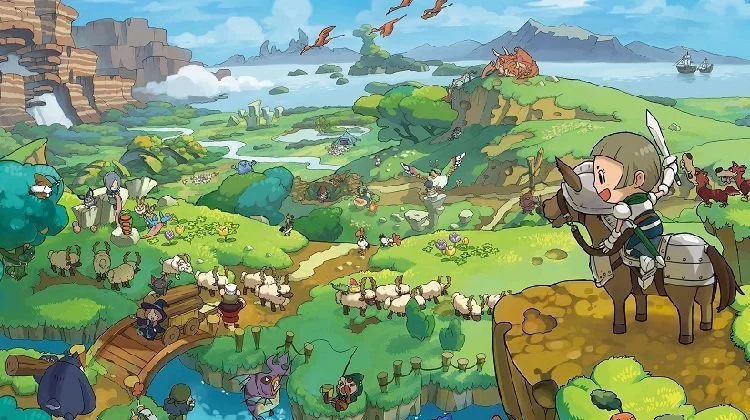Released initially in 2012 for Japanese audiences, we western devils are finally getting our chance to have a Fantasy Life in the world of Reveria. This class-focused 3DS RPG, created by Professor Layton studio Level-5, lets you take on a dozen different roles – or ‘Lives’ – to live out your fantasy occupation. Originally in development for the Nintendo DS, Fantasy Life made the jump to 3DS before release and has definitely benefitted from it. With over 300,000 copies sold in Japan as of last year, the game hits that fun-grinding sweet spot that many Japanese gamers (and now their overseas comrades) love to live in.
Fantasy Life sees you customizing your own character from a widely varied palette of facial features and body types that will seem familiar to those who have played the Layton games. Once your little weirdo is finished, you’ll select your first Life and head off to see your Master. All twelve Life options are available from the outset, meaning you can truly pave your own way. Generically, they fall into three categories: Combat roles like Paladin and Wizard, Gathering roles like Angler and Miner, and Crafting roles such as Carpenter and Cook.
Whilst each role is capable of combat, it doesn’t have to be your core focus. I started as a Tailor and barely ventured out of starting city Castele for a good couple of hours. Luckily, you are not locked to one Life for a period of time, nor are you limited to your current Life’s skills exclusively – if you’re a Carpenter who previously trained in Mining and Woodcutter, you can go retrieve your own wood and metals to build things. This allows for a lot of multitasking when you’re out in the world, contributing to the ‘fun-grinding’ feel of the game.
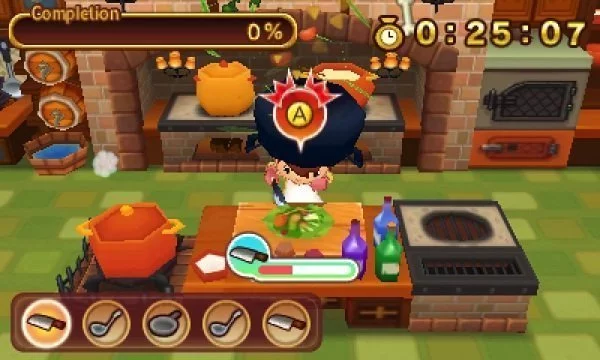
The gameplay itself is fairly easy to get into – controls and combat are simple at the outset, but become more intricate as you progress and unlock new skills. Charged and special attacks become available over time for each Life, be they combat- or crafting-oriented, that help you complete tasks and fights faster with better results. Your progression is tracked from multiple angles, giving you plenty of simultaneous goals to work towards. Story challenges and game progression award Bliss points which unlock ingame perks, Life challenges award Stars which help you level your Life, and requests from NPCs award money and items.
These are tracked across three tabs in your Quest menu, and although it will only display your current Life’s challenges you can still complete any that have not yet officially been listed, as well as challenges for other Lifes that you have previously started. You’ll need to switch to that Life to hand them in, but this again helps to prevent you from having to retrace your steps more times than is necessary to keep your various Life skills levelled. Regardless, the constant flow of completed quests and challenges mean that you’re always having that ‘achievement’ itch scratched.
The story of Fantasy Life is fairly simple, with most story beats fairly obvious before they arrive. It’s not to say the story is bad, of course, but if you’re expecting a Final Fantasy-esque epic RPG you’re going to be a little disappointed. There’s a greater mystery in Reveria related to the Doom Stones that keep falling form the sky, and the true identity of your butterfly companion Flutter. Each chapter of the main campaign offers hints to what is going on, and it’s up to you to pursue them to get answers. Along the way you’ll meet a host of interesting characters, like the King trapped in the body of a child and his boomerang-mustached Paladin Captain, NPCs who seem to be living plush dolls, talking animals and a princess who speaks Dragonese. And that’s just in the first town.
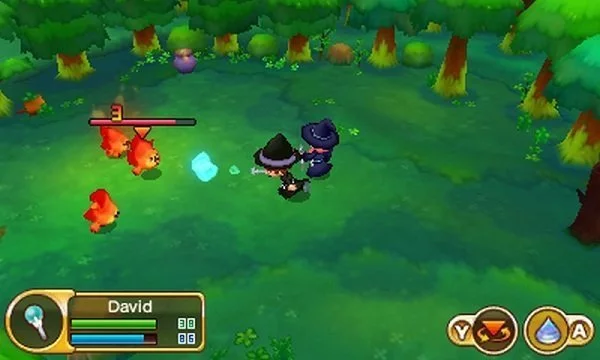
Unlike the original Fantasy Life release in Japan, the English-language release has multiplayer included from the outset. Using local wireless or Internet access you can link up with two other players to adventure together. The multiplayer sessions seem much more stable than equivalent games such as Animal Crossing, which suffered from some jittery connections. If you do have a disconnect however, all progress is retained – you won’t be thrown back to a world-state before the multiplayer session.
The benefit of multiplayer is that you can gang up on boss enemies, and work together to push into higher-levelled areas. Any and all loot dropped by enemies or resource nodes can be collected by everyone present simultaneously, meaning there’s no mad scramble to ‘dibs’ particular items. If you spread out, you can also teleport to the same zone as the other players, a handy feature to avoid long treks to reunite. Unfortunately, it’s not all good news for multiplayer, as there are some noticeable exclusions.
Whilst in a multiplayer session you are unable to start or hand in quests, meaning you’ll need to open up all quests you want to tackle before entering multiplayer. Action taken in the session is still counted towards the quest however, so it’s just a case of waiting until everyone leaves to complete the hand-in. Likewise, core story missions cannot be undertaken (or be in progress) when you play with others. Certain features, such as customization NPCs or faster travel options are also locked out while playing together, meaning you can’t visit someone who has unlocked clothing dyeing to redecorate yourself.
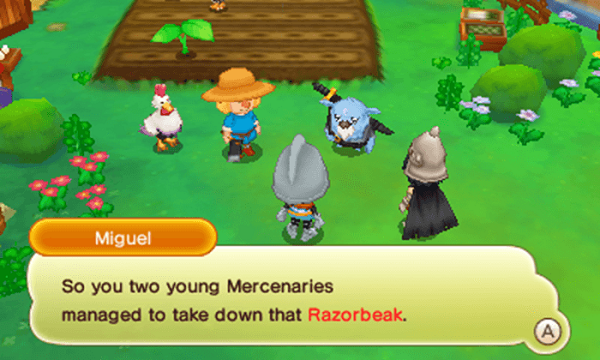
The game also features StreetPass in a vein similar to Animal Crossing – pass by someone and their character will be able to appear in your gameworld. When setting up your StreetPass profile you can set a custom message and assign an item to share with others. The item is not used up by doing this and there are no limitations, meaning you can share almost anything – including high-level endgame gear or rare materials. It’s nice to see, as it allows more seasoned players to help others get a leg-up early on, or at the very least give them an influx of Dosh, the ingame currency.
Despite not being big on ‘grind’-style RPGs, I’ve found myself surprisingly captivated by Fantasy Life. The richly coloured world and stylized characters keep things interesting while you mine/deforest/murder your way across the world, and the constant pings of mission completions make it easy to stay invested and play for ‘just a few more minutes’ to get the next one. You can play in short bursts for travel or long sessions without trouble, which is a strong achievement for a portable title aiming to be always on your mind. With twelve careers to master and a sizable DLC addition (Origin Island) available on launch, Fantasy Life has a lot going for it.
Fantasy Life
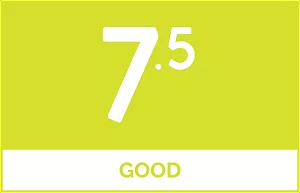 |
The good
|
The bad
|
Want to know more about our scoring scale?
This article may contain affiliate links, meaning we could earn a small commission if you click-through and make a purchase. Stevivor is an independent outlet and our journalism is in no way influenced by any advertiser or commercial initiative.























